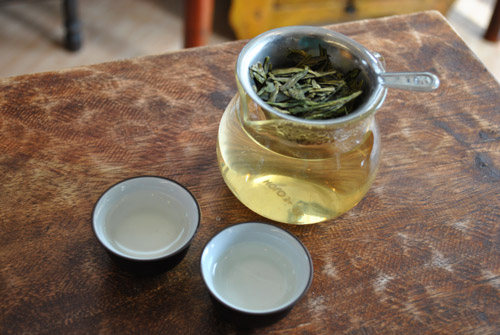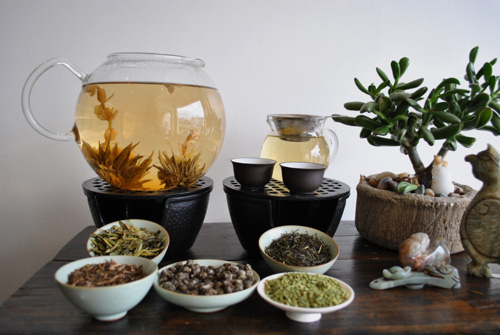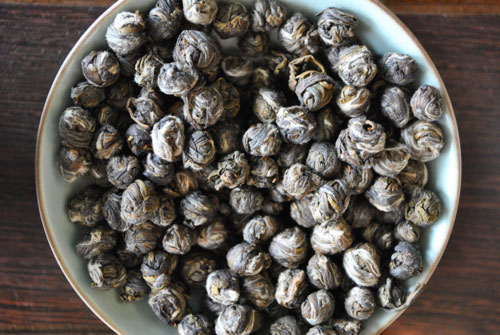TEA EDUCATION
There is a great deal about tea that people don't know. Our team at Arogya and our founder, Wei Huang Bertram, have been studying tea's history, the process that tea undergoes before it reaches your cup, its impact on culture, its health benefits, and every nuance of tea that makes it so great. We'd like to share with you four of our favorite areas of discussion: The Story of Tea, Health Benefits of Tea, Tea Ceremony, and Tea Processing.
Looking for more information on tea? Visit our blog.
Tea Processing
Leaves of Camellia Sinensis plant soon begin to wilt and oxidize if not dried quickly after picking. White Tea and Green Tea leaves are processed early to avoid oxidation. White Tea is packed soon after withering and drying, while Green Tea is heated in a specific manner before being packed. Green Tea leaves can be steamed, pan-fried, or roasted to achieve variations in flavor and coloration.
Some teas are purposely allowed to go through an elaborate system of enzymatic oxidation, where the chlorophyll begins to break down in the tea leaves as tannins are released. Oolong tea undergoes a relatively short oxidation process, while Black tea becomes darker and more fully oxidized. At a certain point, this natural oxidation process is halted through heating and drying, which deactivates the enzymes responsible. Pu-erh tea undergoes a different method of fermentation that allows the tea leaves to continue to age while giving forth extremely valuable health properties.
For a visual representation of how each tea type is processed, view The Journey of the Tea Leaf diagram below.





